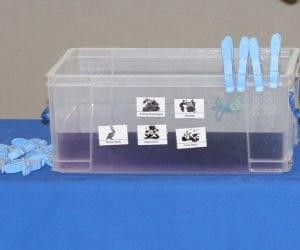President Obama made headlines this week for two initiatives that could have broad environmental consequences – but for opposite reasons. On Sunday, he announced his intention to protect millions of more acres of the Arctic National Wildlife Refuge by designating them as “Wilderness.” Wilderness is the highest level of protection available for public lands. It prohibits mining, drilling, roads, vehicles and permanent structures. Environmentalists cheered and the gas and oil industries raged against the plan.
Then, just two days later, Obama called for opening coastal areas of the Atlantic Ocean for drilling from Virginia to Georgia. In explaining these two pronouncements, Interior Secretary Sally Jewell called it a balanced plan that allows energy development “while protecting areas that are simply too special to develop.” I’m sure there are a lot of people along the Eastern seaboard who did not appreciate the inferred snub! A huge debate is sure to ensue between conservationists and coastal residents on one hand and the oil industry and business interests on the other.
With the specter of the 2010 Deep Water Horizon oil spill still fresh in so many minds, it is unlikely that many Americans will embrace the opinion that oil drilling poses little harm to the environment. And with gas prices so cheap at the pump, will people be clambering for new oil sources?
Have your students explore these issues with two secondary level activities from our high school curriculum, Earth Matters. “Like Water and Oil” is a science lab that enables students to observe the effects of oil spills on marine life. “Energizing Policies” is an activity that asks students to outline an energy framework for the country, while considering the environment, economy, transportation and the range of energy resources. Engage students in the current headlines by having them think critically about proposed initiatives from the White House and Congress. Perhaps set up a classroom debate on one or both of this weeks announcements. Any of these activities would be an excellent way to address the new Next Generation Science Standards on “Human Impacts.”



